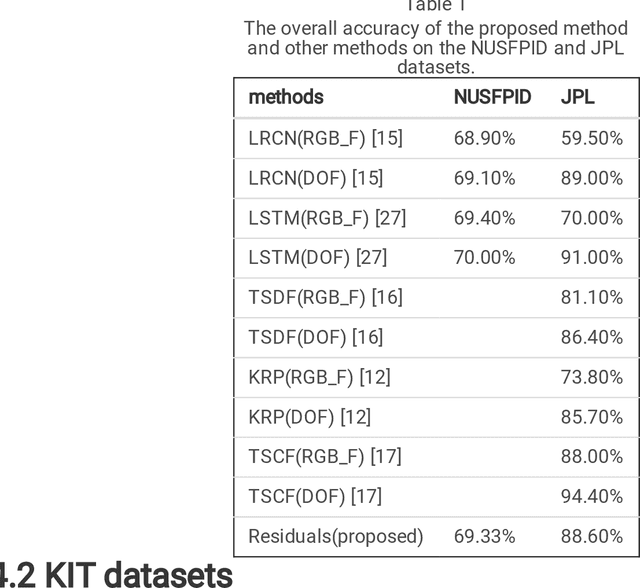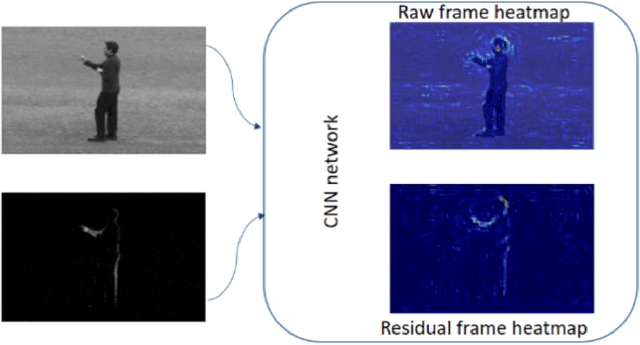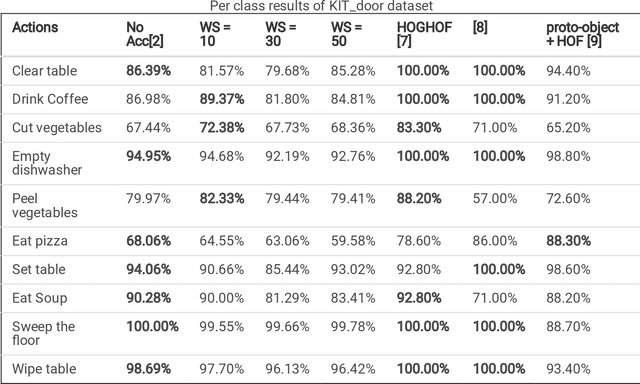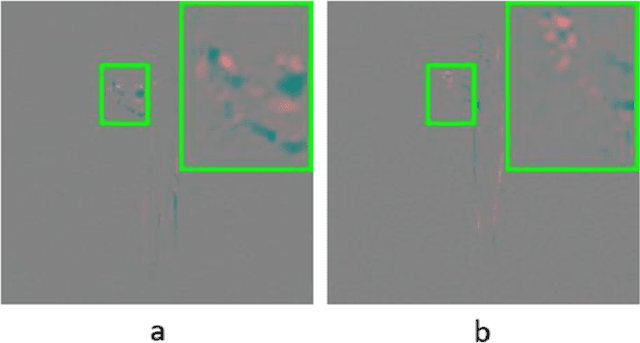Pouria Amirjan
Speeding Up Action Recognition Using Dynamic Accumulation of Residuals in Compressed Domain
Sep 29, 2022



Abstract:With the widespread use of installed cameras, video-based monitoring approaches have seized considerable attention for different purposes like assisted living. Temporal redundancy and the sheer size of raw videos are the two most common problematic issues related to video processing algorithms. Most of the existing methods mainly focused on increasing accuracy by exploring consecutive frames, which is laborious and cannot be considered for real-time applications. Since videos are mostly stored and transmitted in compressed format, these kinds of videos are available on many devices. Compressed videos contain a multitude of beneficial information, such as motion vectors and quantized coefficients. Proper use of this available information can greatly improve the video understanding methods' performance. This paper presents an approach for using residual data, available in compressed videos directly, which can be obtained by a light partially decoding procedure. In addition, a method for accumulating similar residuals is proposed, which dramatically reduces the number of processed frames for action recognition. Applying neural networks exclusively for accumulated residuals in the compressed domain accelerates performance, while the classification results are highly competitive with raw video approaches.
 Add to Chrome
Add to Chrome Add to Firefox
Add to Firefox Add to Edge
Add to Edge